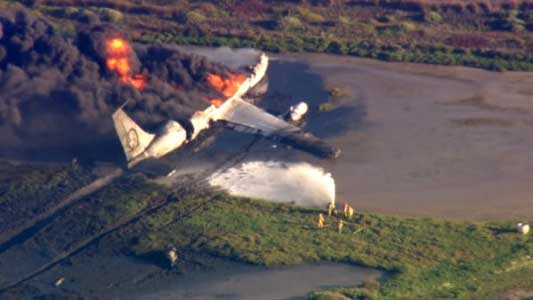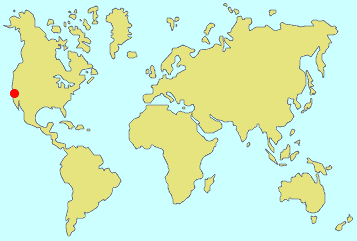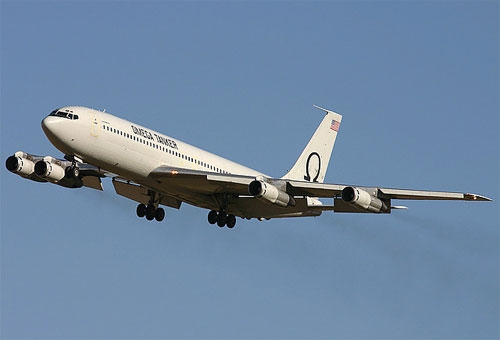Omega Air Refueling Boeing 707-321B plane crash
Point Mugu, California, USA

Updated on
 The Boeing 707-321B experimental aerial tanker plane, operated by Omega Aerial Refueling Services Inc, took off from Port Hueneme-Point Mugu NAS, CA, USA, for a test flight. The plane was expected to come back to its departure airport after the flight. 3 crewmembers were onboard. The four-engine plane crashed on takeoff, and has been destroyed. The three crewmembers sustained minor injuries.
The Boeing 707-321B experimental aerial tanker plane, operated by Omega Aerial Refueling Services Inc, took off from Port Hueneme-Point Mugu NAS, CA, USA, for a test flight. The plane was expected to come back to its departure airport after the flight. 3 crewmembers were onboard. The four-engine plane crashed on takeoff, and has been destroyed. The three crewmembers sustained minor injuries.
Omega Aerial Refueling Services Inc, was operating the airplane as a local public use flight. The flight crew indicated that they delayed their takeoff due to high wind conditions. Once the winds were within limits, they reported that startup was normal. Prior to takeoff, they decided to add 5 knots to their rotation speed, and power up slowly and as smoothly as possible.
The captain was the flying pilot. The first officer called critical engine failure recognition speed (V1) reference speed at 141 knots, and rotation speed (Vr) at 150 knots. The captain rotated the airplane, and it then lifted off about 7000 feet (2130 meters) down the 11000-foot runway (3350 meters). About 20 feet (6 meters) above ground level, the number two engine (left inboard) throttle lever slammed back to the idle position. The airplane stopped climbing, and the captain adjusted the pitch slightly down to hold V2 speed.
Witnesses observed the airplane lift off, and something shiny go up and over the left wing. They also observed a fireball on the left side of the airplane.
The flight crew reported that the airplane began to drift to the left and descend. The captain lowered the pitch slightly and leveled the wings just prior to the airplane contacting the runway. He informed the other crew members that they were going to put it back down. He placed the throttle levers in the idle position, and activated the speed brakes. The airplane departed the left side of the runway surface; the crew reported a couple of impacts and then one final violent impact prior to the airplane coming to rest in a wetland marsh.
The flight crew had to force the cockpit door open due to debris that had piled up against it. They noted significant damage from the forward galley aft, and a large fire in the vicinity of the left wing. They opened the left main cabin door, and deployed the slide. They exited into the mud, and made it to dry land and away from the burning wreckage.
The airplane sustained substantial damage to the wings, fuselage, and empennage from impact forces and post crash fire. The main wreckage came to rest in a wetland marsh left of the runway overrun, and caught fire. Fire consumed the top of the cabin and the cockpit. The main wreckage consisted of the cockpit, cabin, right wing with the number three (right inboard) engine partially attached, empennage, and the inboard half of the left wing, which sustained thermal damage and was under water. Scattered debris aft of the main wreckage included the nose gear, remnants of the burned outboard left wing, right main landing gear truck, and number four (right outboard) engine.



